Getting the Most from Wide Angle
Lenses
by Jim McGee
It used to be that 35mm was thought of as
a wide-angle lens. Today most "standard" zoom lenses start at
28mm (28-80mm) and lenses starting at 24mm are becoming ever more common.
Additionally advances in lens design and manufacture have brought a class
of lenses known as "super-wides" (20mm and wider) down to price
points where more and more photographers are exploring their creative
possibilities.
But the very fact that these wide-angle lenses can seemingly bring in
the whole world is both their strength and their weakness. Where zoom
lenses compress the apparent distance between objects wide-angle lenses
stretch that distance and can make your subject fade into insignificance.
The good news is that like most photographic tools learning some basics
will allow you to tame these lenses and start exploiting their creative
possibilities.
Use Strong Foreground Subjects
The wider the lens the more it will exaggerate the apparent distance
between foreground and mid-ground objects. If there is no strong
foreground subject to lead your eye into the image the result is a boring
photo. Experiment with different types of foreground subjects to get a
feel for what works for your style of photography. In the first shot I
used the carved stone acorns and the rock garden to fill the foreground, in the second
colorful boats are used to offset a stormy gray sky. Don't be afraid to try different things, grass, logs, stones, leaves,
almost anything can be used. If there are no straight lines in your
subject (such as in landscapes) try angling the lens downward slightly.
This includes a little more foreground and will greatly enhance the sense
of depth in the image.
|
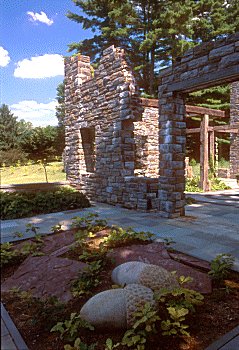
Nikon 17-35mm f2.8 @ 17mm |
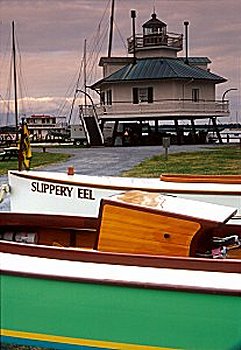
Nikon 28-105mm f3.5-4.5 |
Get low
Wide-angle lenses create a big sweeping view and have tremendous depth of
field. Getting down low to include things like grass and streambeds
increases that feeling of sweeping grandeur.
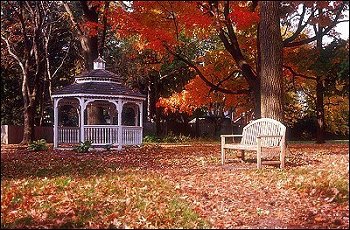
Nikon 28-105 f3.5-4.5
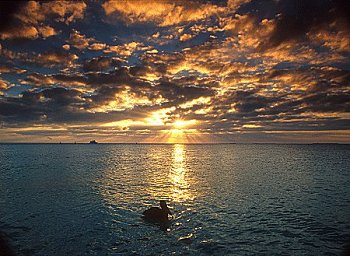
Nikon 24mm f2.8
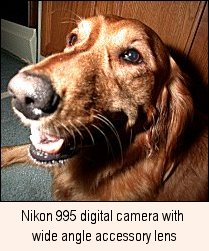 Distortion Distortion
The stretched perspective that makes those landscapes look so great will
distort the features of people and animals. While this may be undesirable
for family portraits you can have some fun with it!
Wide angles are sensitive to the film plane being parallel to the
subject. When using a wide angle to capture a subject with straight lines
do a quick check to ensure that those lines aren't converging or diverging
from parallel. In some cases a small amount of convergence is no big deal
but in the example of the church below it's pretty obvious.
New computer-aided designs have largely cured design defects that
caused distortion problems in older super-wide lenses. This was a real
issue in older lenses. Some lenses distorted so badly that they were effectively
special effects lenses. The reason I mention this is that
many of these older wide-angle lenses are now on the used market at
tempting prices. I wouldn't buy anything used in this category of lenses
unless I could run a test roll first.
|
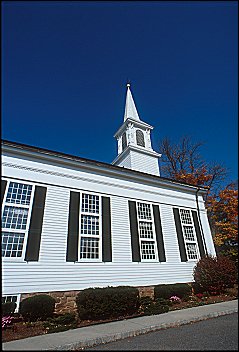
Nikon 24mm f2.8 tilted
upwards |
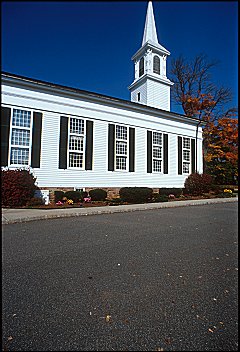
Nikon 24mm f2.8, same position, with film plane
parallel to church |
Drama
Get low, get close, and point the lens up at subjects to use the lens'
natural distortion to create a feeling of drama. No other lens can create
dramatic images like a wide angle can!
|
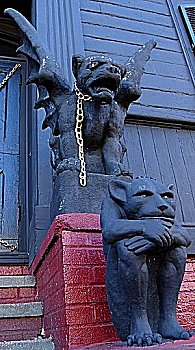
Nikon 18-35mm f3.5-4.5 |
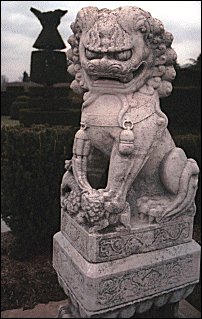
Minolta 28-80 f3.5-5.6 AF II |
Flare
Because they take in so much of the scene it's more likely that a wide
angle lens will have the sun appear somewhere in the image making them
more susceptible to lens flare. Flare is usually undesirable as it can
wash color out of an image and create colored blobs of light that obscure
parts of the image as shown in the image on the left. But don't be afraid to experiment creatively with
flare. Sometimes it can yield a more interesting image. You can also use
the sun to your advantage for another kind of dramatic effect. In the shot
of sunrise over "The Great White Throne" on the right I stopped the
lens down to f22 so as the light spilled over the peak it would splinter
into a sunburst pattern.
|
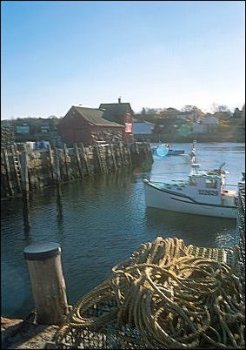
Nikon 18-35mm f3.5-4.5 |
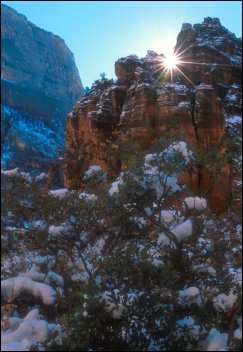
Nikon 24mm f2.8 |
Close-ups
Wide angles have tremendous depth of field and many have very close
minimum focusing distances. This makes them wonderful tools for capturing
flowers and other close-up images (Nikon 17-35mm f2.8). |
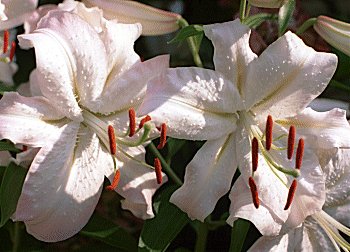
Nikon 17-35mm f2.8
|
Working in close quarters
Wide angles can also be used to capture indoor scenes and are a real aid
for working in close quarters. However in these situations is it
particularly important that you watch for lines and make sure that they
are parallel to the edge of the frame. In this image of a tropical porch
notice the railing posts and that they are parallel to the edge of the
frame (Nikon 24mm f2.8). |
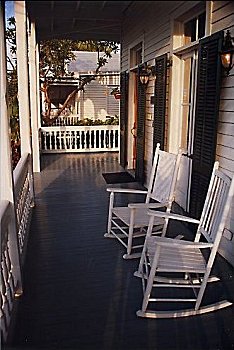
Nikon 24mm f2.8 |
 Subscribe to
Vivid Light
Subscribe to
Vivid Light
Photography by email
|
